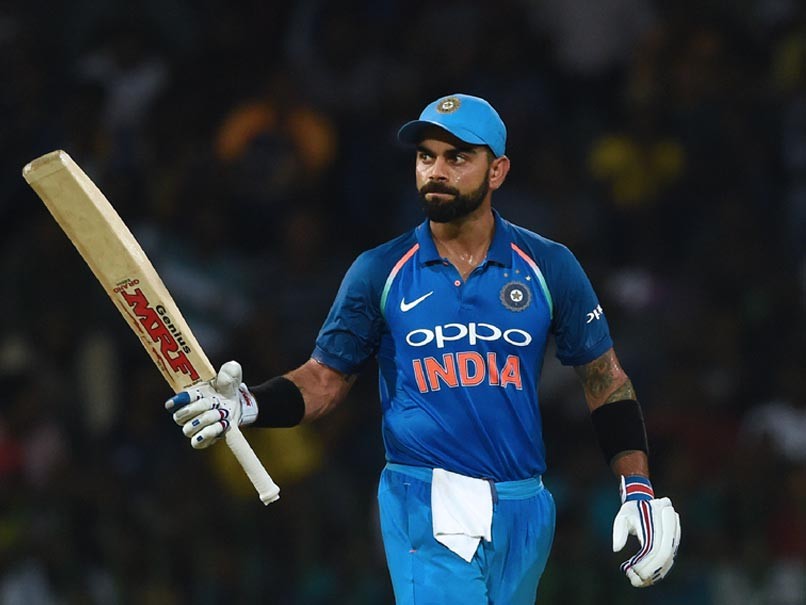
The phrase "best of" is often associated with musical albums but it's hard not to come to the conclusion that Indian stars MS Dhoni and Virat Kohli belong in that category in the ODI game.
The calm with which Dhoni brought to a conclusion both India's victories, at Adelaide Oval and the MCG, was yet another reminder of what a cool, calculating finisher he is in ODIs. He only has one challenger as the best finisher in the game - Australia's Michael Bevan - but Dhoni's remarkable longevity and frequency of success surely gain him the nod.
Nobody has Dhoni's nerve for finishing off victories. Many times I've thought, "He's left it too late this time", only to be amazed as he produced a couple of powerful shots to bring India a nail-biting victory.
His trademark lofted on-drive comfortably cleared one of the longer Adelaide Oval boundaries to settle the issue in that particular finishing effort. It was a clear reminder that any thought that his power might be waning was only wishful thinking on the part of opponents. That he achieved the feat in stifling heat only added to the lustre of his performance.
Where Bevan finished matches with fours, Dhoni does so with sixes. The one area - running between wickets - where you'd expect the fleet-footed Bevan to have an advantage is debatable, because even at age 37, Dhoni is among the quickest in the game.
His outward calm is no illusion since his tactical adeptness in these situations is proof his brain continues to work perfectly.
Even allowing for improved bats and the advantage of playing T20 cricket, statistically Dhoni is superior to Bevan. There can be no argument - Dhoni is the best ODI finisher.
As for the best ODI batsman, that debate is less clear cut. There's no doubt Kohli is in the discussion, as he has the highest average of all the major run-getters in ODIs. The other candidates would be Viv Richards, Sachin Tendulkar and AB de Villiers.
Of the four, Tendulkar has the highest aggregate, top score, and the most centuries, but those stats come with the rider that he played more than twice as many games as each of the other three.
Kohli is far superior to his competitors in completing a century just under every five and a half innings - a remarkable record of consistency. He is also well ahead of his competitors on average score and is second only to de Villiers in batting value (a combination of average score and strike rate). Both Kohli and de Villiers average well in excess of 50, which is a remarkable feat in a game where batsmen often tend to concede their wicket in pursuit of quick runs.
As testament to his rare skill and despite the improvement in bats, Richards only just trails Kohli on strike rate - a table headed by de Villiers.
Tendulkar's longevity and the fact that he opened for the bulk of his career are plus marks, but both Richards and Kohli are renowned as excellent No. 3s. De Villiers batted in the middle order but still scored a century a little under every nine innings, which is a tribute to his wide range of strokes. He is the most likely of that quartet to produce an innovative reverse sweep or ramp shot.
Kohli reminds me of Richards in his approach to ODI batting; he eschews fancy shots and relies on a wide range of traditional strokes. He says this leaves him less prone to playing rash shots in Test cricket, which makes sense as an explanation.
As the only one of this quartet still playing ODIs, Kohli already heads some important statistical categories. If he were to continue at his current rate - an unlikely outcome as he ages - he would pass Tendulkar's aggregate with more than one hundred innings to spare and nearly 20 centuries in advance of the Little Master.
If he even came close to achieving these amazing feats, there could be no argument: Kohli would be the Sir Donald Bradman of ODI batsmen.


.jpeg)

